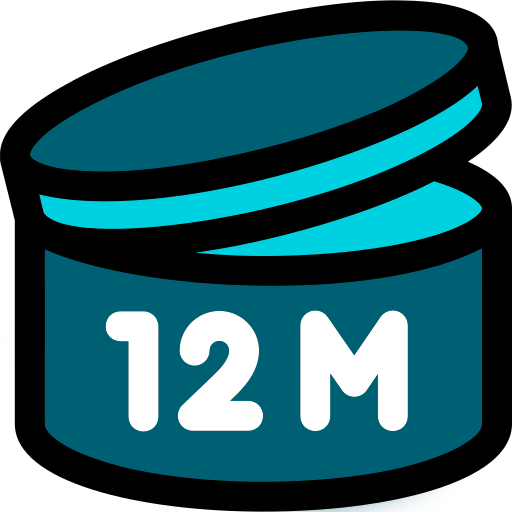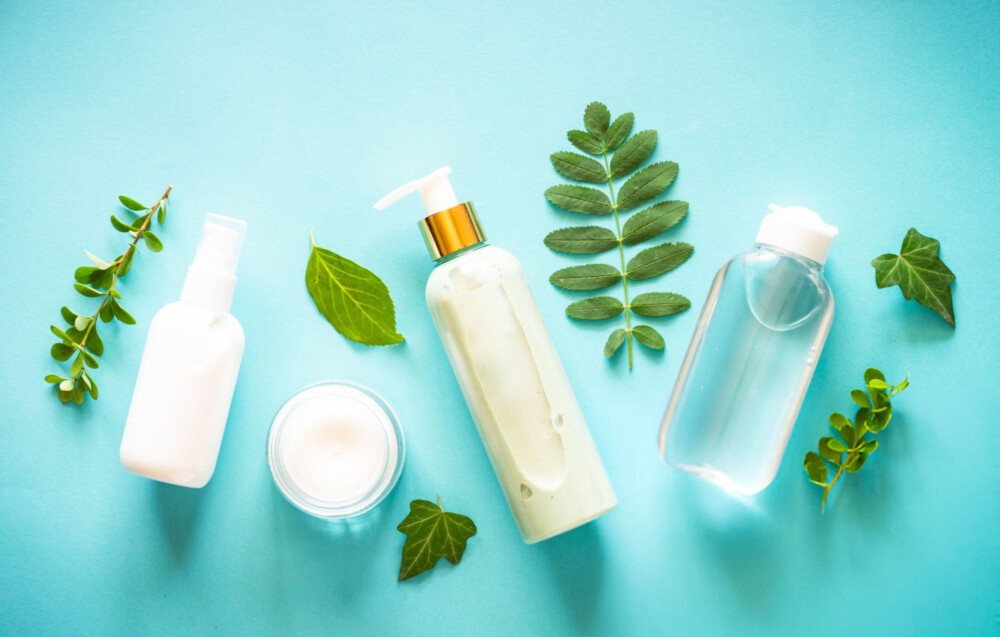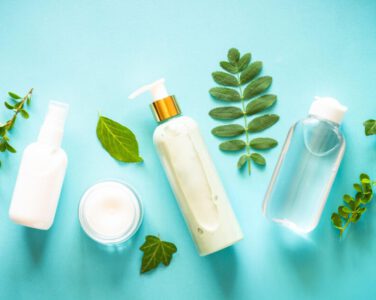Cosmetic product labeling not only informs consumers about ingredients, usage instructions, or precautions, but also about the product’s durability. Two key concepts in this regard are the expiry date and the PAO (Period After Opening). Both provide essential information to ensure product safety and efficacy throughout its usable life.
This article delves into the regulations governing these aspects, the differences between the two concepts, and recommendations for determining and properly labeling the PAO in cosmetics.
What is PAO?
The PAO indicates the minimum period after opening during which a cosmetic product can be safely used. It applies to products whose total shelf life (unopened) exceeds 30 months.
This concept was introduced in Directive 2003/15/EC, amending Directive 76/768/EEC on cosmetic products, and later incorporated into Regulation (EC) No 1223/2009.
 The PAO is represented by the open jar symbol followed by a number and the letter “M” (for months), such as “12M” or “24M”.
The PAO is represented by the open jar symbol followed by a number and the letter “M” (for months), such as “12M” or “24M”.
👉 This symbol must appear on both the primary packaging (tube, jar, etc.) and the secondary packaging (box), unless the product is exempt from PAO labeling.
When is PAO Required?
PAO labeling is mandatory when:
- The product’s shelf life exceeds 30 months.
- The container allows contact with air or the user’s fingers.
PAO is not required in the following cases:
- Products with a shelf life of 30 months or less (must display expiry date instead).
- Single-dose or one-time use products.
- Sealed or pressurized containers that prevent air entry (e.g., aerosols).
- Anhydrous products or those with high alcohol content (≥30%), which are less prone to microbial growth.
How is PAO Determined?
PAO determination must be based on stability studies that assess:
- Microbiological stability after opening.
- Formula compatibility with packaging.
- Frequency and method of intended use (application area, shared use, etc.).
- Storage conditions (temperature, humidity, sunlight exposure).
- The formulator’s experience with similar products.
👉 It is recommended to express PAO in multiples of 3 months (e.g., 6M, 9M, 12M, 18M, 24M…) according to COLIPA guidelines.
PAO Guidelines by Product Type
| Product Type | Recommended PAO |
| Occlusive cosmetics (jars, creams) | 6 to 12 months |
| Eye contour products | 6 to 9 months |
| Eye makeup | 6 to 12 months |
| Lip makeup | 12 to 24 months |
| Roll-on deodorants or emulsions | 12 months |
| Baby hygiene products | 3 to 12 months |
| Body hygiene | 12 to 18 months |
| Sunscreens | According to stability studies |
Differences Between PAO and Expiry Date
| Feature | PAO | Expiry Date |
| Applies to… | Products >30 months | Products ≤30 months |
| How it appears | Open jar symbol + “M” | Text: “Best used before…” |
| Related to… | Use after opening | Unopened product |
| Affected by consumer use? | Yes | No |
| Assessed via… | Post-opening stability studies | Accelerated or real-time studies |
Additional Regulatory Aspects
- The date format must comply with ISO 8601, e.g., “YYYY-MM-DD”.
- The PAO does not replace the expiry date when the latter is mandatory.
- Responsibility for defining PAO lies with the product responsible person.
Compliance and Safety Tips
- Incorporate PAO evaluation into overall stability testing.
- Consider microbial risk depending on the packaging type.
- Always indicate PAO for products likely to be used over time.
- Avoid generic estimations without analytical support.
Best Practices for Consumers
- Read labels carefully.
- Do not use opened cosmetics past their PAO.
- Avoid storing products in humid or warm environments.
- Use clean applicators and avoid sharing personal products.
SHAPYPRO and PAO Evaluation
At SHAPYPRO, we offer comprehensive cosmetic stability and safety testing services, including:
- Accelerated and real-time stability testing.
- Scientifically justified PAO estimation.
- Microbiological evaluation and packaging compatibility testing.
- Technical reports for cosmetic product information files.
We have extensive experience with Regulation (EC) No 1223/2009 and support manufacturers and responsible persons throughout the cosmetic product lifecycle.
If you need advice contact us.
Conclusion
PAO and expiry date labeling are key tools for ensuring consumer safety and legal compliance of cosmetic products. Their proper determination and inclusion on labels reflect the manufacturer’s commitment to quality and transparency.
SHAPYPRO positions itself as a strategic partner to support companies in PAO evaluation and product stability, ensuring compliance with European standards.


